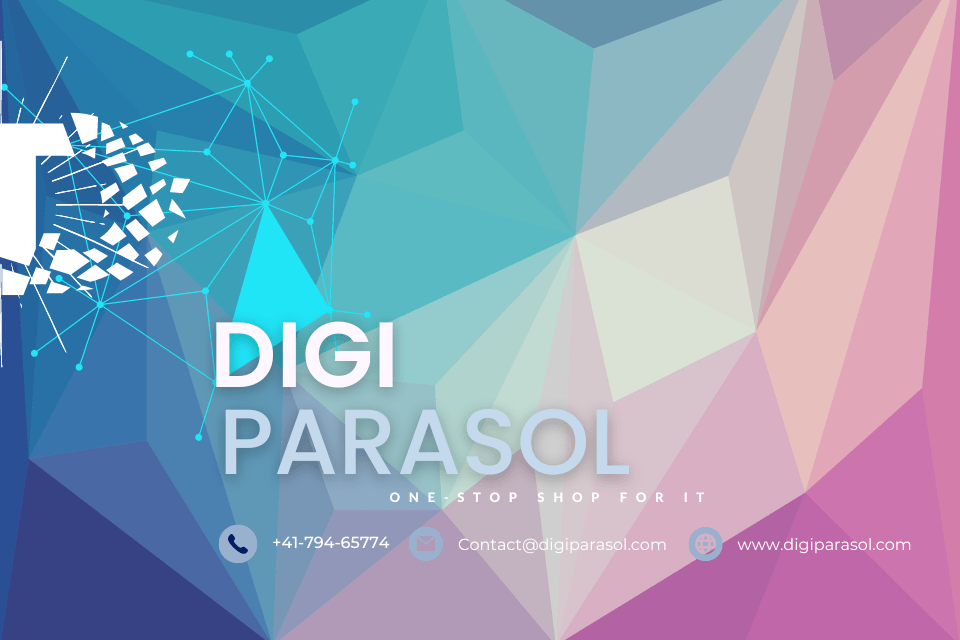Introduction
Artificial Intelligence (AI) has revolutionized various industries, including disaster response and management. With its ability to process massive amounts of data in real-time, AI has become an invaluable tool for predicting, tracking, and responding to natural disasters. This article explores the various applications of AI in disaster response and management, and how it is changing the way we approach these critical scenarios.
Predicting and Monitoring Natural Disasters
One of the key applications of AI in disaster response is predicting and monitoring natural disasters. By analyzing data from various sources, such as satellite imagery, weather reports, and social media, AI algorithms can predict the likelihood and severity of natural disasters such as hurricanes, earthquakes, and wildfires. This early warning system allows authorities to take proactive measures, such as evacuating residents and pre-positioning resources, to mitigate the impact of the disaster.
For example, in the case of hurricanes, AI algorithms can analyze historical data on storm patterns and sea surface temperatures to predict the path and intensity of the storm. This information is crucial for emergency responders to allocate resources and coordinate evacuation efforts. Similarly, AI can monitor seismic activity to predict the likelihood of earthquakes and tsunamis, allowing authorities to prepare in advance and minimize casualties.
Tracking and Managing Resources
During a disaster, resources such as food, water, medical supplies, and shelter are often limited and need to be managed efficiently. AI can help track and manage these resources in real-time, ensuring that they are distributed effectively to those in need.
For example, AI-powered drones can survey disaster-affected areas and identify areas that require immediate assistance. This information can then be used to coordinate rescue missions and deliver supplies to those in need. AI algorithms can also optimize resource allocation by analyzing data on population density, infrastructure damage, and access to healthcare facilities, ensuring that resources are distributed equitably.
In addition, AI can help streamline communication between emergency responders, government agencies, and non-profit organizations by providing real-time updates on the status of resources and coordinating rescue efforts. By improving coordination and efficiency, AI can help save lives and minimize the impact of disasters on communities.
Search and Rescue Operations
Search and rescue operations are a critical component of disaster response, especially in scenarios such as earthquakes, hurricanes, and avalanches where people may be trapped under debris or stranded in remote locations. AI can enhance search and rescue operations by analyzing data from sensors, surveillance cameras, and drones to locate survivors and prioritize rescue efforts.
For example, AI algorithms can analyze thermal imaging data to detect heat signatures from trapped individuals, even in low visibility conditions. This information can then be used to guide rescue teams to the precise location of survivors, increasing the chances of a successful rescue. AI can also analyze data from social media posts and emergency calls to identify individuals in distress and coordinate rescue efforts accordingly.
Furthermore, AI-powered drones can be deployed to search large areas quickly and efficiently, providing real-time updates on the location of survivors and potential hazards. By leveraging AI technology, search and rescue teams can respond more effectively to disasters and save lives in the process.
Mitigating the Impact of Disasters
While it is impossible to prevent natural disasters from occurring, AI can help mitigate their impact by enabling faster and more effective response strategies. By analyzing data on past disasters, AI algorithms can identify patterns and trends that can help authorities prepare for future events. For example, AI can predict how a wildfire will spread based on weather conditions and terrain features, allowing firefighters to strategically position resources and contain the blaze.
In addition, AI can assist in post-disaster recovery efforts by analyzing damage assessments and prioritizing reconstruction efforts. By identifying areas that require immediate attention and allocating resources accordingly, AI can help communities recover more quickly from disasters and rebuild stronger, more resilient infrastructure.
Challenges and Future Directions
While AI has the potential to revolutionize disaster response and management, there are several challenges that need to be addressed to fully realize its benefits. One of the main challenges is ensuring the accuracy and reliability of AI algorithms, as errors in prediction or resource allocation can have catastrophic consequences in a disaster scenario. Furthermore, ethical considerations such as privacy concerns and algorithm bias need to be addressed to ensure that AI is used responsibly and ethically.
Looking ahead, the future of AI in disaster response and management looks promising. Advances in technology such as machine learning, natural language processing, and computer vision are enabling more sophisticated AI algorithms that can analyze complex data and make real-time decisions. As AI continues to evolve, we can expect to see more innovative applications in disaster response, further improving our ability to predict, track, and respond to natural disasters.
Conclusion
AI is transforming the field of disaster response and management by enabling faster, more accurate, and more efficient response strategies. From predicting and monitoring natural disasters to tracking and managing resources, AI is revolutionizing the way we approach emergencies and saving lives in the process. By harnessing the power of AI technology, we can enhance our ability to respond to disasters and build more resilient communities that are better prepared for future challenges.


